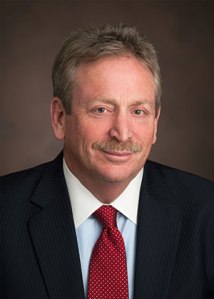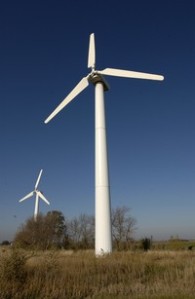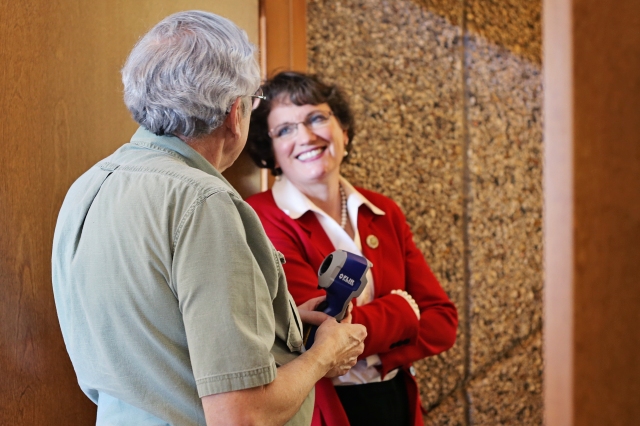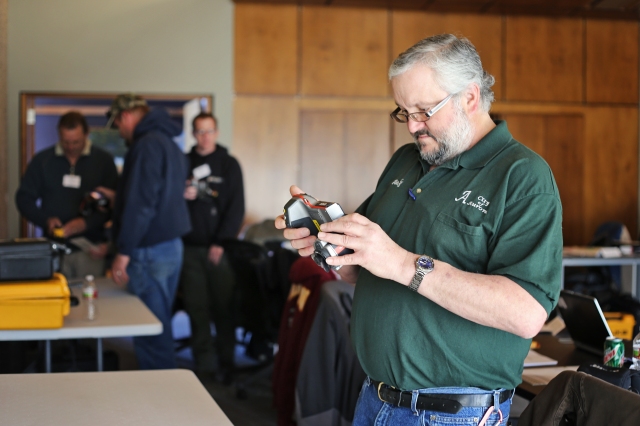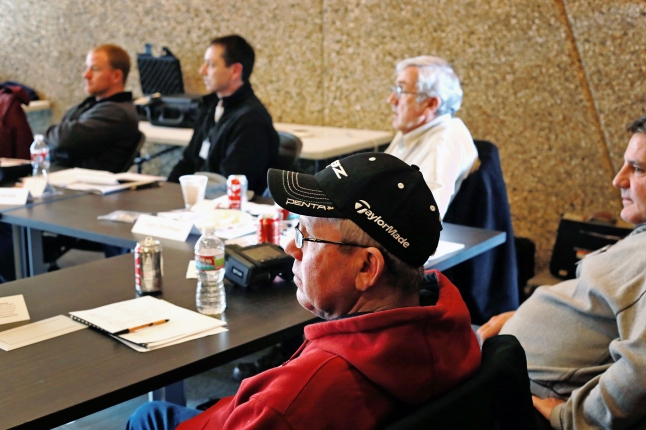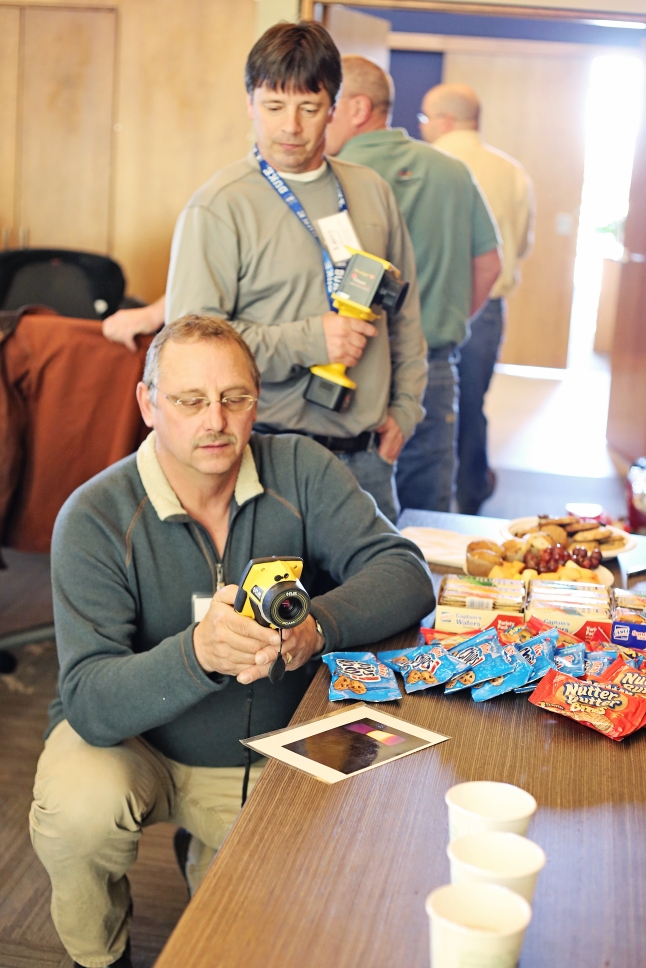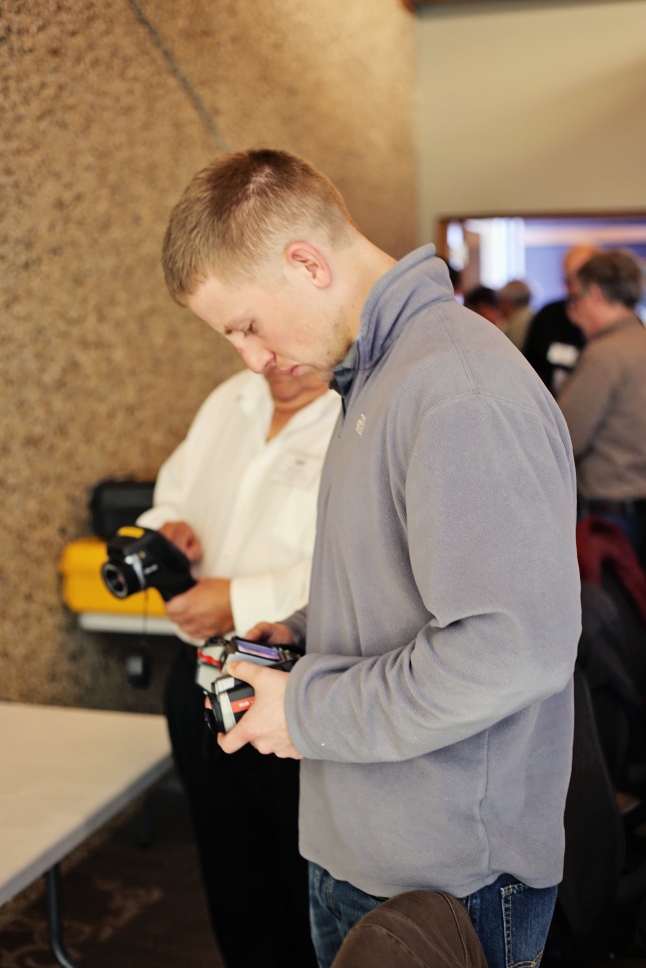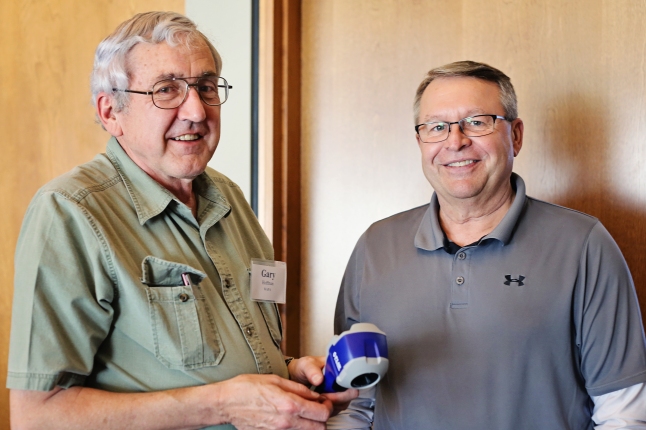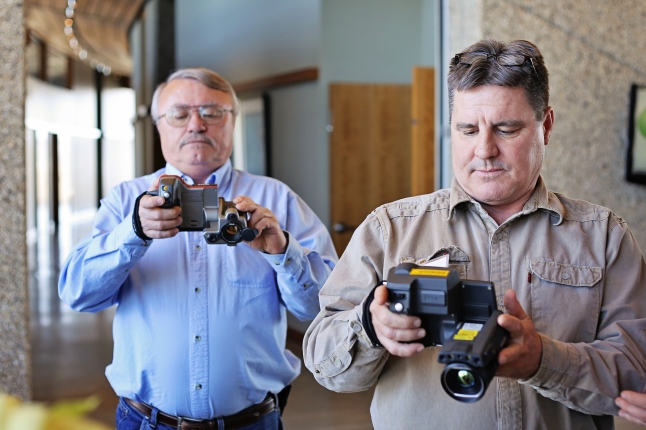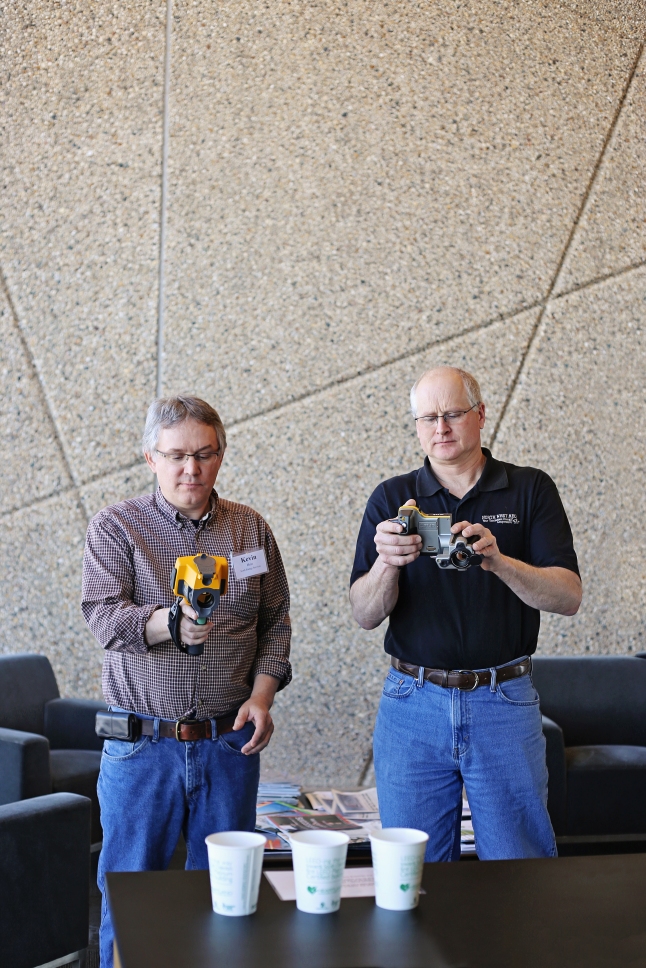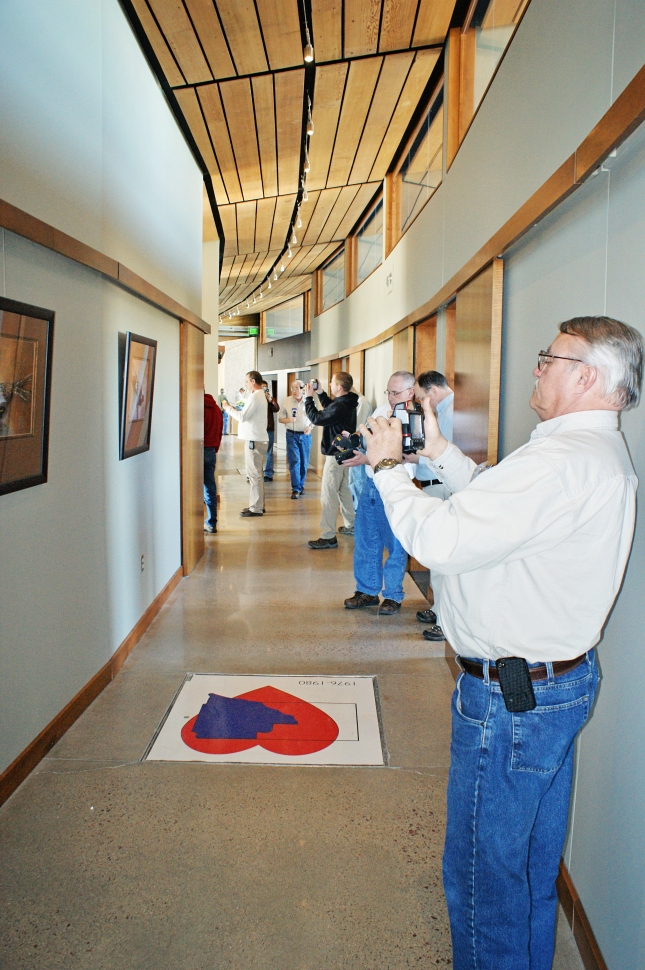Southwest Power Pool, Inc. (SPP) announced yesterday board approval of changes to accommodate the Integrated System’s (IS) membership in SPP. Heartland Consumers Power District (Heartland), Basin Electric Power Cooperative (Basin) and Western Area Power Administration – Upper Great Plains (Western) jointly own the IS, the backbone of the high-voltage transmission grid in the Upper Great Plains region of eastern Montana, North Dakota and South Dakota. The board’s decision is an important first step towards the IS’ full integration into an regional transmission organization.
“These tariff changes will enable all the IS entities to join an RTO,” said SPP CEO Carl Monroe. “We are pleased that our culture and value to our members can provide benefits to our customers.”
Heartland, Basin and Western have been discussing the possibility of joining an RTO since late 2011 to increase options for buying and selling power. Following assessments and research, it was determined SPP was the best option to maximize opportunity.
In April, Basin’s board gave the cooperative’s management authorization to support Western in their federal process to join SPP and to negotiate terms and conditions of joining with SPP as a transmission owning member.
UGP Regional Manager Robert Harris said the action by the SPP board represents a major step toward Western’s full membership in SPP.
“It is the result of significant work by SPP, its members, committee and staff as well as Western,” Harris said. “We continue to be very impressed with SPP’s dedication and tenacity, working together to find solutions benefiting all members and look forward to being active participants in the SPP.”
According to Basin CEO and General Manager Paul Sukut, the next step in the process is Basin board action in July.
“Integrating with an RTO presents many complexities, but Basin and our entire member cooperative family are committed to working with our IS participants and SPP to facilitate this transition,” Sukut said.
Joining an RTO is a major shift in the way the IS members have traditionally done business, but all organizations involved firmly believe both the SPP members and the IS owners will benefit from the effort.
“The IS owners have been working on this effort for some time and we’re pleased the board endorsed the proposed changes as it is an important first step,” said Heartland CEO Russell Olson. “The SPP staff and membership have been a pleasure to work with. The open and collaborative process has reinforced an earlier decision to seek membership in SPP and we look forward to continuing our integration into SPP for the benefit of our customers.”
About Southwest Power Pool:
Founded in 1941, SPP is a group of 76 members in Arkansas, Kansas, Louisiana, Mississippi, Missouri, Nebraska, New Mexico, Oklahoma, and Texas that serve more than 15 million customers. Membership is comprised of investor-owned utilities, municipal systems, generation and transmission cooperatives, state authorities, wholesale generators, power marketers, and independent transmission companies. SPP’s footprint includes 48,930 miles of transmission lines and 370,000 square miles of service territory.
As a Regional Transmission Organization, SPP ensures reliable supplies of power, adequate transmission infrastructure, and competitive wholesale electricity prices. The SPP Regional Entity oversees compliance enforcement and reliability standards development.



